The Circular Economy as key to the challenges linked to the management of the water resource
A path that crosses territories, sectors and innovation: from the extended water supply chain as a lever of competitiveness and sustainability, to the open innovation initiative promoted by the Circular Economy Lab for the recovery and circular management of water resources in the field of Healthcare..
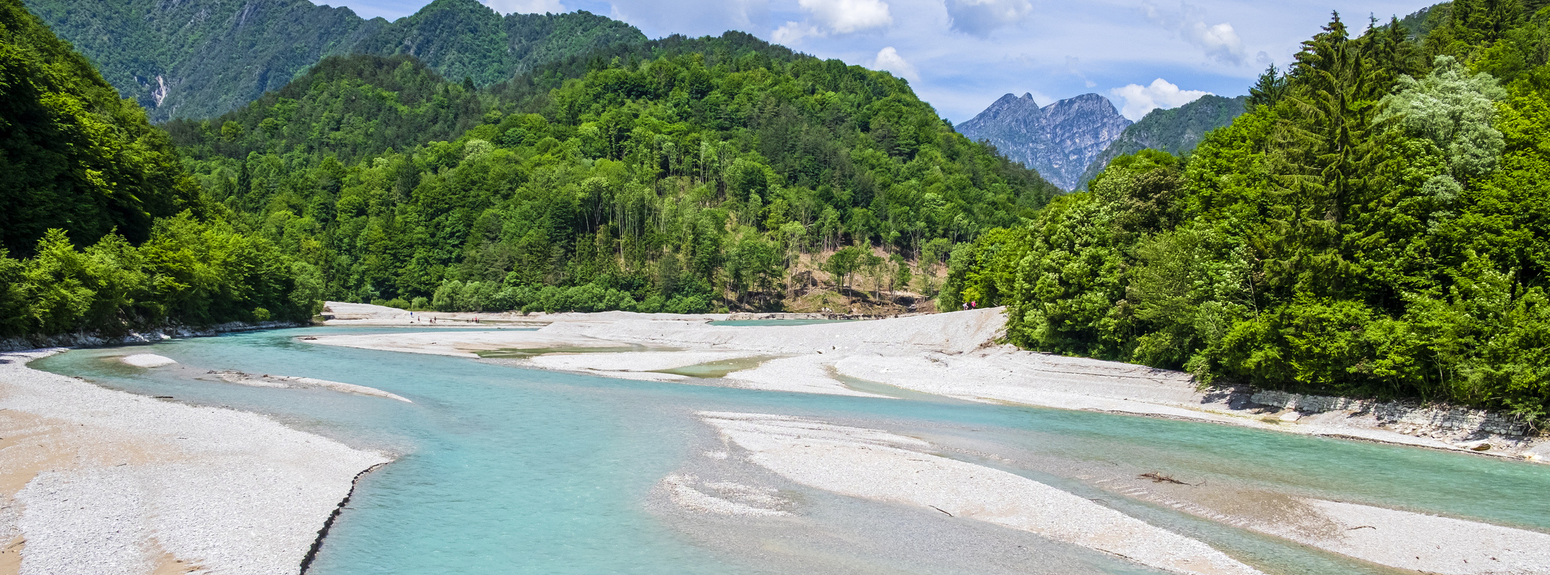
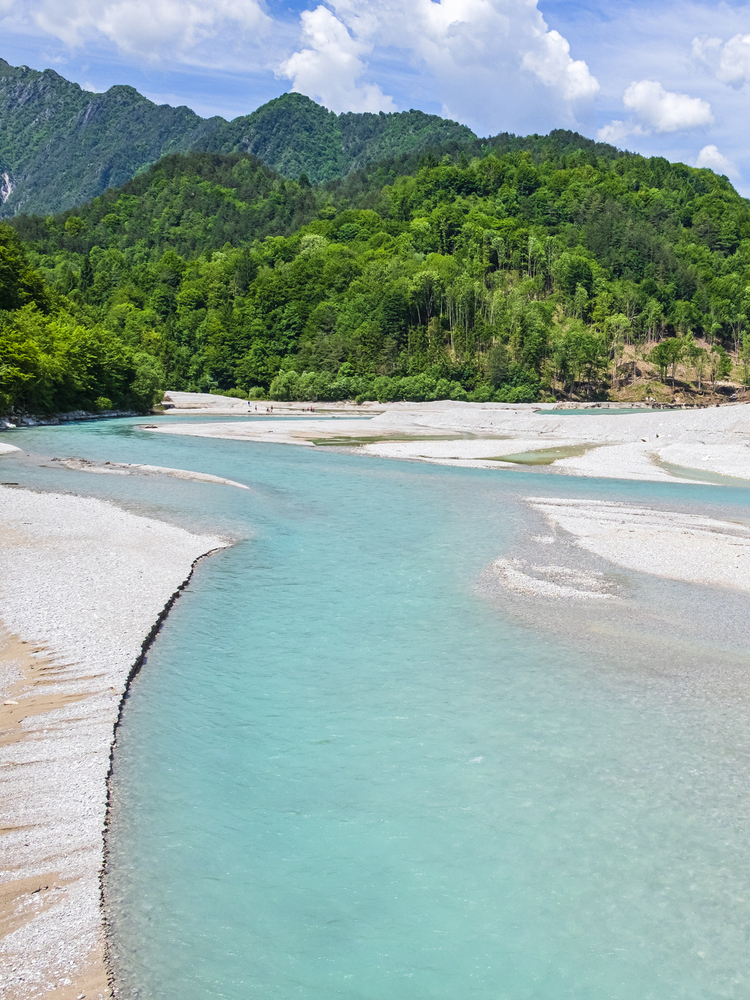
Water resource: a precious asset
Water represents the essential element to ensure the long-term prosperity of human societies and natural environments, in addition to being the foundation of civilization and progress, as well as the cornerstone of human history, past, present and future.
Extreme water-related events: environmental and social impacts
Natural disasters are becoming increasingly frequent on a global scale and, in the last twenty years, 74% of them have been water-related, with a 50% increase in the past ten years and a frequency four times higher than in 1980.
In many parts of the planet, particularly in tropical regions, the extremization of the climate is radically transforming the environmental and social context of vast territories, involving billions of people. These natural disasters, ranging from floods to droughts, have caused severe economic and social consequences in the affected areas.
This critical issue is widely recognized internationally, so much that 10 of the 17 Sustainable Development Goals of the United Nations 2030 Agenda, along with 53 of the 169 targets, are impacted by the water resource.
The water crisis in Italy: data and trends
Drawing on data and information collected by Community Valore Acqua of The European House Ambrosetti – that sees the partecipation of Intesa Sanpaolo Innovation Center as partner - in the White Book and by Fondazione Utilitatis in the Blue Book, 2024 was the hottest year in history, with thermal anomalies exceeding 2.95°C compared to pre-industrial levels in Italy (+1.5°C globally), and with precipitation increased by 48% compared to 2005, causing an exponential increase in urban flooding (1,600 episodes of heavy rain, with dramatic consequences for infrastructure and safety).
The role of water in the Italian economy
In such a dramatic context, an efficient and sustainable water supply chain is indispensable for the future of every territory. It is therefore essential to adopt a strategic vision capable of integrating the contributions of all actors in the water supply chain, of civil society and of institutions, because, from an economic point of view, in Italy water is the enabling element for the generation of €383 billion in Added Value and, without this resource, it would be impossible to generate 20% of the national GDP.
The “5 Rs” for the circular transition
The transition toward a circular model of the extended water supply chain requires the implementation of five priority actions, namely the rule of the “5 Rs” of the Circular Economy as outlined:
- Collection: improving the management of rainwater and addressing soil impermeabilization.
- Restoration: enhancing the purification system to enable the return to the source of high-quality water.
- Reuse: facilitating the reuse of treated wastewater, both for the same use and for different applications.
- Recovery: valorizing the sludge from wastewater treatment and recovering materials.
- Reduction: optimizing withdrawals, consumption and water losses through innovation and technological efficiency.
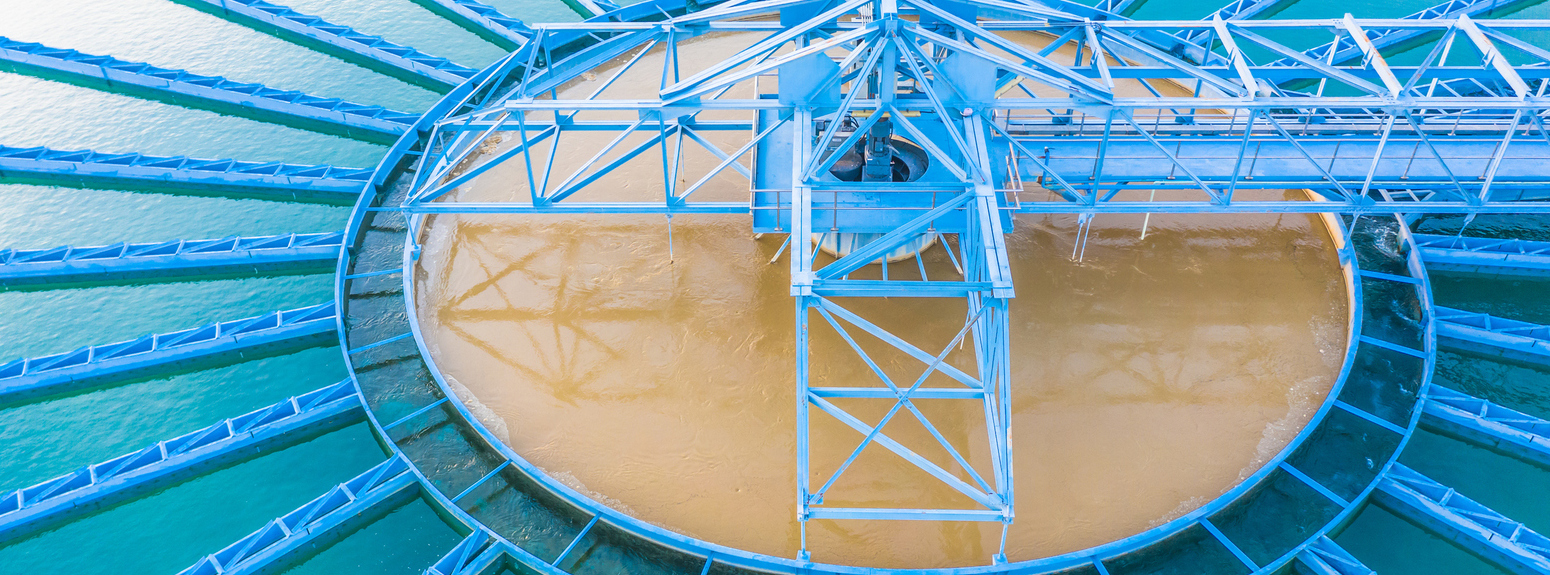
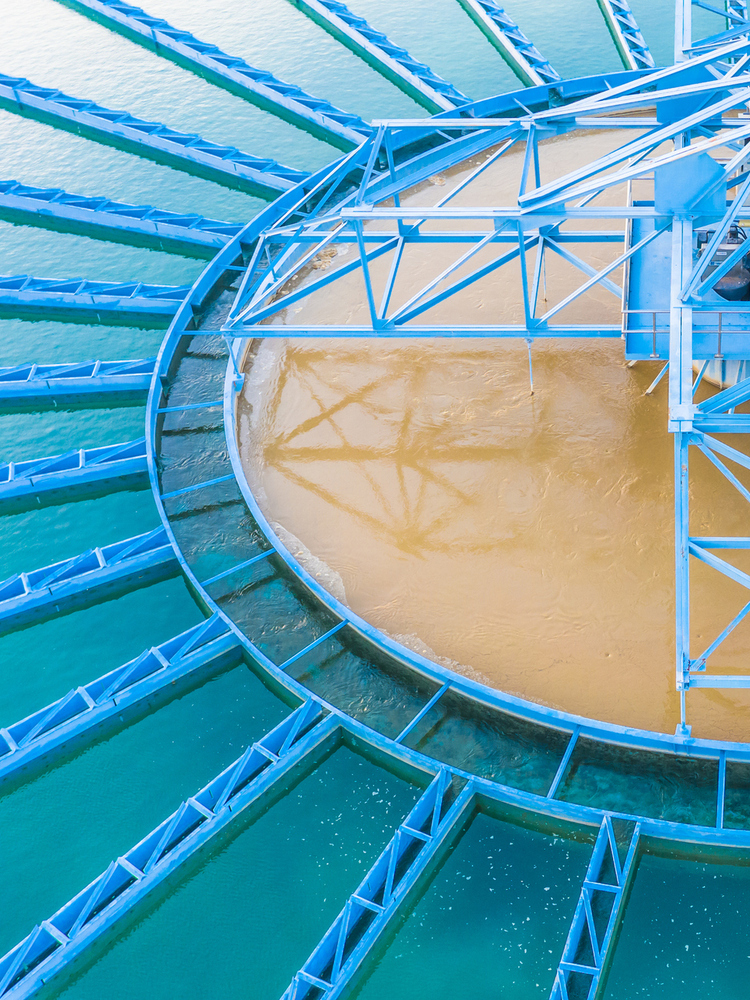
The role of regulatory levers to enable the circularity of the water resource
The investments planned under the NRRP
The extended water supply chain plays a leading role in the allocation of funds from the National Recovery and Resilience Plan (NRRP), allocated by the European Council in response to the post-pandemic economic crisis. Of the €210 billion allocated in total to Italy, approximately €7.8 billion are attributable to actions aimed at ensuring a more efficient and sustainable management of the water resource, distributed across the following areas of intervention:
- Flood and hydrogeological risk management: priority funds for the territories most exposed, with the aim of reducing emergencies and promoting preventive interventions to counteract climate-related disasters.
- Primary water infrastructure: upgrading and maintenance of infrastructure to ensure quality water and continuity in supply.
- Reduction of water losses and digitalization: implementation of new networks and digital monitoring systems to contain waste and inefficiencies, with a focus on Southern Italy.
- Resilience of the irrigation agrosystem: more efficient and sustainable irrigation to address drought and climate change, reducing losses and illegal uses.
- Sewage and purification: completion and establishment of “green plants” for resource recovery and wastewater reuse.
- Climate monitoring: development of advanced systems for risk prediction and the planning of preventive interventions on the territory.
- Protection of seabeds and marine habitats: recovery of 20% of marine ecosystems by 2026 to protect fishing, tourism and environmental health.
The measures of the Drought Decree
In line with the general provisions of the European Union and with the actions planned in the NRRP, in 2023 the Drought Decree was approved, which confirmed the measures related to wastewater treatment sludge, desalination plants, the reuse of treated wastewater for irrigation purposes, as well as sanctions for the illegal extraction of water and for non-compliance in the operation and maintenance of dams.
Governance and integrated water system
Alongside resources and qualified personnel, a study conducted by REF ricerche reveals that in Italy it is essential to further strengthen the role of management and control carried out by the competent authorities, while continuing to encourage the implementation of an integrated water system (introduced by Law No. 36 of January 5, 1994, which provides for a coordinated set of services for water capture, conveyance, distribution, collection and purification) covering the entire national territory.
Water resource management in Italy represents a complex and multidimensional challenge, crucial for achieving sustainable development goals. Only through an integrated and coordinated approach will it be possible to ensure sustainable and circular management of water resources, capable of supporting the competitiveness, resilience and sustainability of the country in the long term.
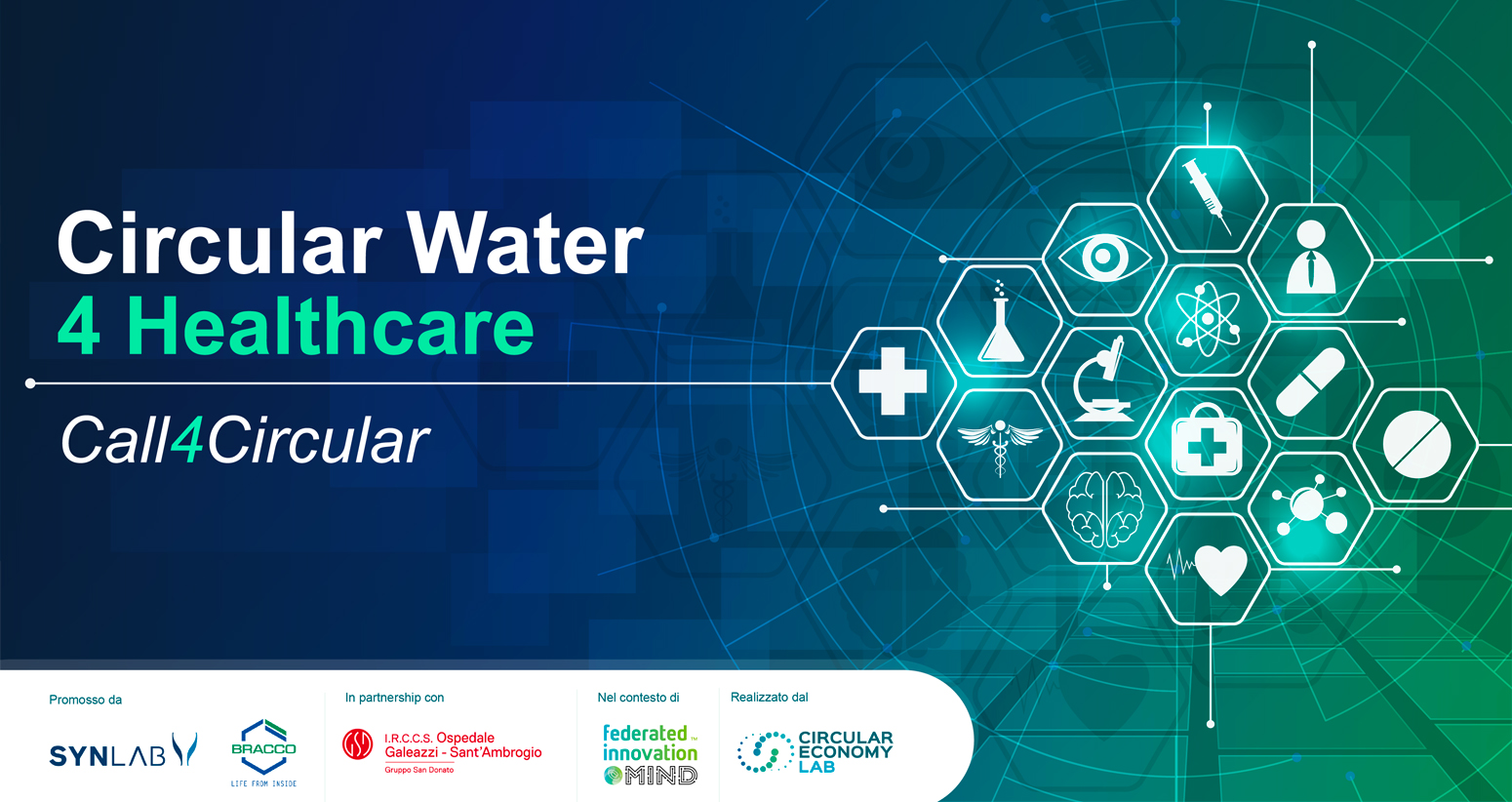

Wastewater in the Healthcare sector: the open innovation initiative carried out by the Circular Economy Lab
In a system based on the principles of the circular economy, the process of treatment, separation, purification and recirculation of wastewater assumes an increasingly central role, as the substances contained in waste water can be considered resources to be reintroduced into the cycle, adding value to what is now considered waste.
Hospital wastewater: new opportunities for sustainable innovation
In particular, in the hospital sector and in analysis laboratories, this change in perspective is opening new opportunities to improve environmental impact, achieve economic savings and enable the virtuous recovery of raw materials. Healthcare facilities, like other production sectors that involve the use of water, generate wastewater containing chemical substances, pharmaceuticals and biological agents that are contaminating and harmful to both the environment and human health.
According to data processed by experts of the Circular Economy Lab, on average each hospital bed in an Italian hospital generates about 600 liters of wastewater per day (Majumder et al, 2020). Furthermore, the antibiotic resistance developed by bacteria present in hospital water networks is two to ten times higher than that observed in domestic wastewater (WHO, 2014).
Among the main contaminants emerging from hospital wastewater are contrast agents, or contrast liquids: chemical substances used in diagnostic imaging that support examinations, such as CT scans and Magnetic Resonance Imaging, by improving image quality and highlighting tissue details and possible lesions that would otherwise not be visible.
Call4Circular | Circular Water 4 Healthcare: objectives and international interest
Between the end of 2023 and the beginning of 2024, the Circular Economy Lab of Intesa Sanpaolo Innovation Center and Cariplo Factory played a leading role in an international initiative aimed at defining a scalable and replicable best practice for the recovery of contrast liquids and the management of hospital wastewater, through processes capable of becoming an innovation model for the Healthcare sector, both in Italy and globally, as well as for legislators and technology partners.
The circular open innovation initiative, named Call4Circular | Circular Water 4 Healthcare, was promoted by SYNLAB and Bracco, in partnership with IRCCS Ospedale Galeazzi – Sant’Ambrogio (San Donato Group), within the Federated Innovation @MIND ecosystem, and carried out by the Circular Economy Lab.
The project received widespread interest at both national and international levels, receiving numerous applications from innovative startups and SMEs: 47% from Italy, and the remainder from other European countries – particularly the Netherlands (8%), Germany, Spain, Sweden, the United Kingdom, Belgium and Turkey – and from non-European regions, with 6% of the applications coming from the United States, followed by Israel, Canada, Kenya and Singapore.
The scouting results
The scouting lasted approximately three months (from November 2023 to January 2024), focusing on four main areas of innovation, with the following results:
- 46% of the applications proposed solutions to improve water quality, with particular attention to reducing emerging contaminants (PPCP, viruses, bacteria, microplastics, antibiotics) in the hospital sector, limiting their release into the natural ecosystem;
- 24% of the applications presented solutions for water circularity, focusing on activating circular processes of water resources with the objective of recovering and reusing them for activities such as irrigation or machinery cooling;
- 22% of the applications focused on water optimization processes, particularly on the efficient use of water resources in hospital and urban contexts;
- 8% of the applications, finally, concerned the collection of liquids, in particular urine containing contrast agents, used in radiographic and magnetic resonance examinations.
The contribution of the Circular Economy Lab
At the end of the application collection phase, one-to-one in-depth sessions were organized with the most promising startups to explore potential synergies. In this context, the Circular Economy Lab played a central role: guiding and facilitating the identification of innovation and circular needs, actively conducting detailed scouting on the identified topics, filtering the startups to arrive at an initial selection tailored to the needs of each company promoting the call, up to the drafting of a collaborative use case.
The top eight startups were finally invited to participate in the concluding Demo Day, during which they presented their innovative solutions within the prestigious framework of the Mind Innovation Week.
